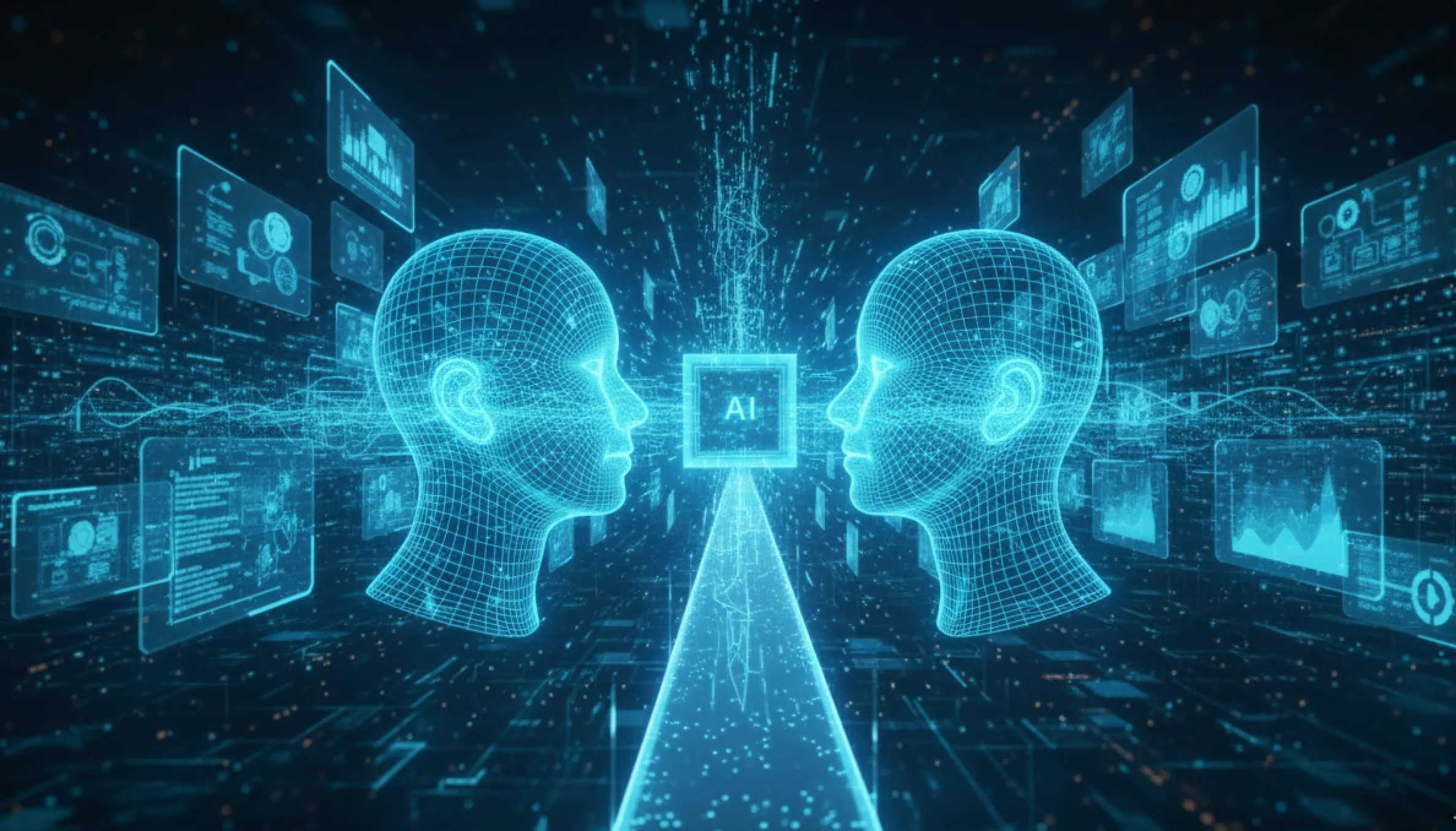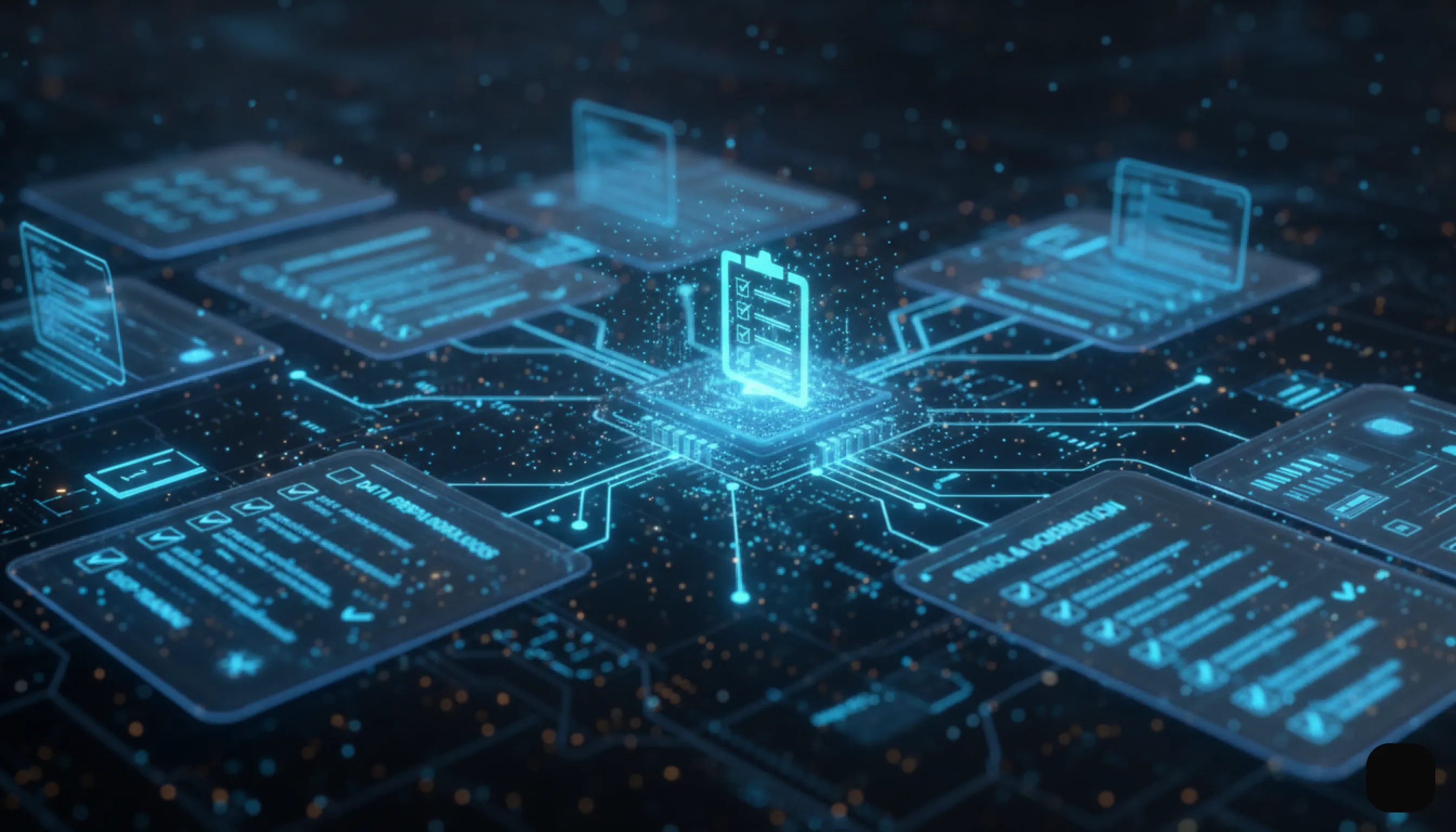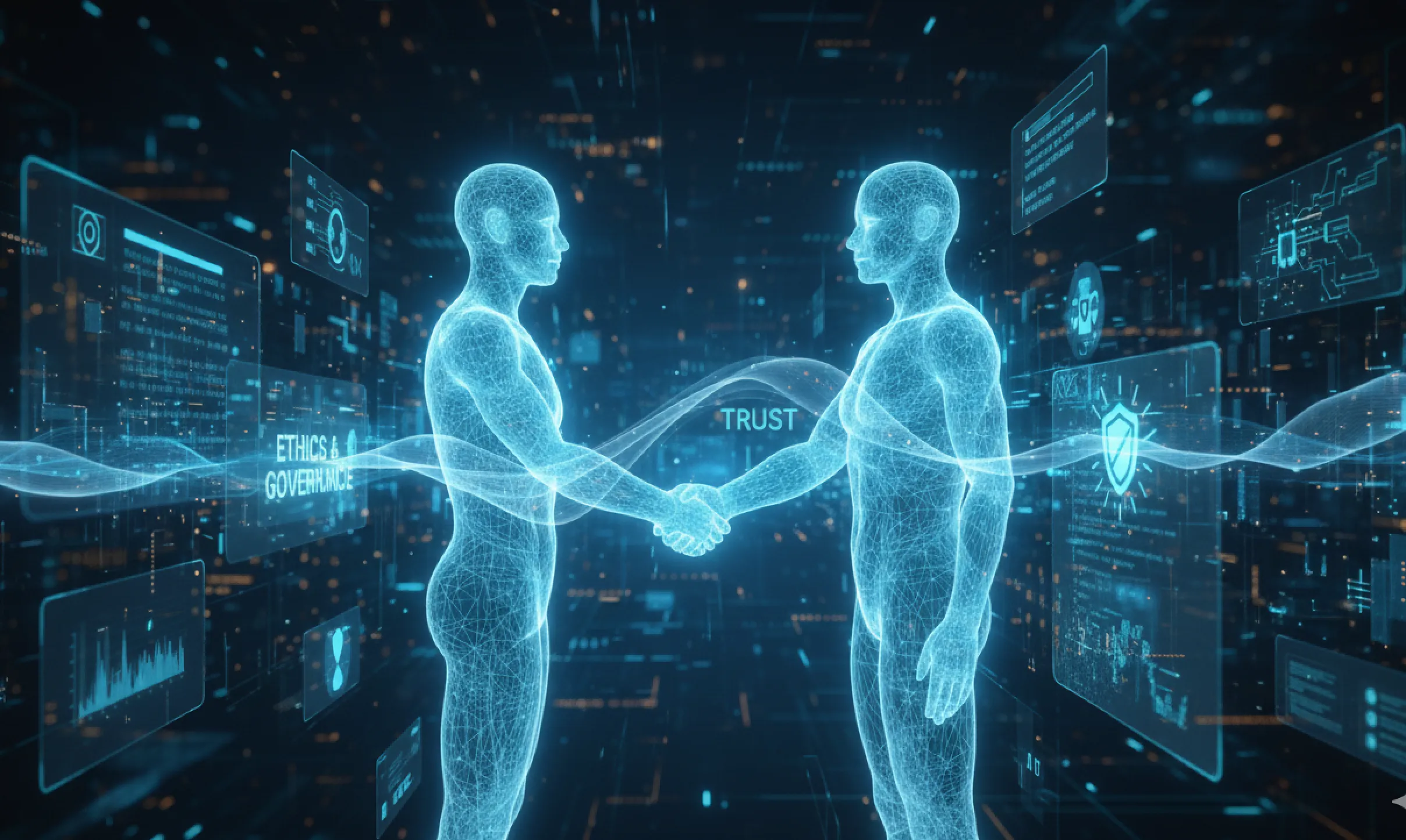Back to Blog
Beyond Chatbots: How NLP is Revolutionizing Customer & Employee Experience
When most people hear “Natural Language Processing” (NLP), they think of chatbots.

When most people hear “Natural Language Processing” (NLP), they think of chatbots. And while basic chatbots were an early application, they are only the tip of the iceberg. Today’s advanced NLP is revolutionizing how businesses communicate, interact, and operate, fundamentally reshaping both the customer and employee experience.
NLP is the branch of AI that enables machines to understand, interpret, and generate human language. It is the technology behind the seamless, intelligent interactions we've come to expect. From analyzing customer feedback at scale to powering intelligent virtual assistants that help employees find information instantly, NLP is transforming communication from a transactional process into a strategic advantage.
For customers, this means faster, more personalized service that feels more human than robotic. For employees, it means automating tedious tasks like sifting through documents or answering routine questions, freeing them up to focus on complex, high-impact projects. The result is a more efficient organization and a more satisfied workforce.
This article will take you on a journey beyond the basic chatbot. We will explore the cutting-edge applications of NLP and show you how this technology is becoming the new voice of business, creating richer, more intelligent experiences for everyone.
The New Voice of Business: A Look at Modern NLP
The first generation of NLP models was designed for simple tasks like keyword recognition. Modern NLP, powered by deep learning, can understand context, sentiment, and nuance. This allows for a deeper, more meaningful interaction. Key capabilities include:
- Sentiment Analysis: Identifying the tone and emotion behind text or voice data to gauge customer satisfaction or employee morale.
- Intent Recognition: Understanding what a user wants to achieve, regardless of the specific words they use, enabling more accurate routing and response.
- Text Summarization: Automatically condensing long documents, emails, and reports into concise summaries.
- Knowledge Extraction: Pulling specific facts and entities from unstructured text to build searchable knowledge bases.
These advanced capabilities are why NLP is moving from a back-end analytical tool to a front-end engine for interaction.
The Strategic Shift: From Efficiency to Experience
While efficiency gains are a key benefit of NLP, the most significant impact is on the overall experience. For both customers and employees, the goal is to create interactions that are effortless, intuitive, and effective. By making communication smarter, NLP reduces friction and builds a sense of trust and competence.
A customer who gets an instant, accurate answer to a complex question feels valued. An employee who can find a policy document in seconds, rather than searching through a dozen folders, feels empowered. This shift in focus from mere cost reduction to experience enhancement is where modern NLP delivers its greatest returns.
NLP's Impact on the Customer Experience (CX)

NLP is transforming every touchpoint of the customer journey:
- Intelligent Virtual Agents: Advanced chatbots and voice assistants can handle complex, multi-turn conversations, resolving issues without human intervention.
- Automated Feedback Analysis: NLP models can analyze thousands of customer reviews, social media comments, and survey responses to provide real-time insights into customer sentiment.
- Personalized Marketing: By analyzing customer communication, NLP can help create hyper-personalized marketing messages that resonate with individual needs and preferences.
- Enhanced Self-Service: NLP-powered search functions on websites and apps allow customers to find exactly what they need using natural language, reducing the need for support calls.
Revolutionizing the Employee Experience (EX)
The same principles that improve CX can be applied internally to enhance the employee experience:
- Intelligent Internal Search: Employees can find information, from HR policies to technical documentation, by simply asking a question in natural language.
- Automated HR & IT Support: NLP-powered assistants can handle routine requests like password resets, benefits inquiries, and vacation requests, freeing up HR and IT teams for more strategic work.
- Knowledge Management: NLP can automatically tag, categorize, and summarize internal documents, making your company's collective knowledge accessible to everyone.
- Internal Communication Analysis: Analyzing sentiment in internal communications can help leadership understand morale, identify potential issues, and improve team dynamics.
Implementing NLP: A Path to Success
To successfully integrate NLP into your business, consider these steps:
- Start with a Clear Goal: Don't just implement an NLP tool. Identify a specific pain point in your CX or EX that you want to solve.
- Focus on Data Quality: The accuracy of your NLP models depends on the quality of your text and voice data. Ensure it is clean, well-structured, and representative.
- Human-in-the-Loop: While NLP can automate many tasks, it is most effective when it augments human judgment, not replaces it.
- Measure and Iterate: Continuously monitor the performance of your NLP systems and use the insights to refine them over time.
Conclusion: The Future of Communication is Intelligent
The future of business communication is intelligent, intuitive, and driven by NLP. By moving beyond the limitations of simple chatbots, organizations can harness the full power of this technology to create truly exceptional experiences for both their customers and their employees. NLP is not just about making processes more efficient; it's about making interactions more meaningful, paving the way for a more connected, responsive, and successful enterprise.
In this article




